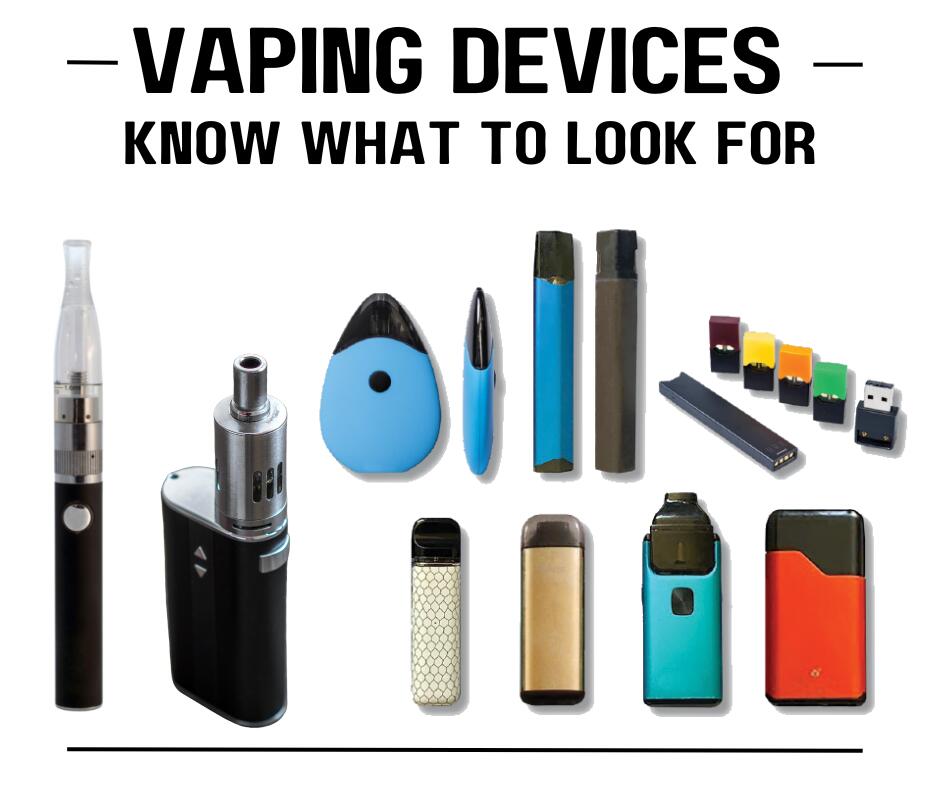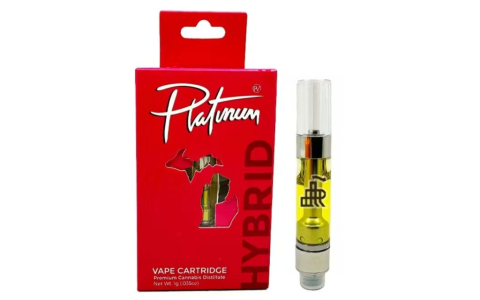CBD electronic cigarettes, often referred to as CBD vape pens or e-cigs, are devices specifically designed to vaporize CBD-infused e-liquid for inhalation. This delivery method allows cannabidiol (CBD) to be absorbed into the bloodstream through the lungs.
Core Components and Mechanism
A standard CBD electronic cigarette comprises a battery, a heating element (commonly an atomizer or coil), and a cartridge or tank that holds the CBD e-liquid. Upon activation, the battery supplies power to the heating element, which then heats the e-liquid to its vaporization point, creating an aerosol (vapor) that the user inhales.

CBD E-Liquid Composition
The e-liquid, also known as CBD vape juice or CBD vape oil, primarily consists of the following components:
- CBD Extract: This is the active ingredient and can be sourced in several forms:
- CBD Isolate: Contains over 99% pure CBD.
- Broad-Spectrum CBD: Contains CBD and other cannabinoids and terpenes found in the hemp plant, but with THC typically removed to non-detectable levels.
- Full-Spectrum CBD: Contains CBD along with all other cannabinoids and terpenes present in the source hemp plant, including trace amounts of THC (usually below 0.3% or 0.2%, depending on jurisdiction).
- Carrier Liquids: Propylene Glycol (PG) and Vegetable Glycerin (VG) are standard bases used to create the vapor. The PG/VG ratio can influence throat hit and vapor density.
- Flavorings: Food-grade flavorings are often added to provide a variety of taste profiles. These are optional.
CBD e-liquids are available in various concentrations, allowing users to select a strength suitable for their individual preferences.
Key Considerations
When exploring CBD electronic cigarettes, several factors warrant attention:
- Bioavailability and Onset of Effects: Inhalation is known for its relatively high bioavailability, meaning a significant portion of the inhaled CBD can enter the bloodstream. Effects are typically felt more rapidly compared to oral ingestion.
- Device Varieties: The market offers a range of devices, from simple, disposable vape pens pre-filled with CBD e-liquid to more sophisticated rechargeable and refillable systems, including pod-based devices.
- Product Quality and Transparency: It is crucial to select products from reputable manufacturers that provide third-party laboratory test results (Certificates of Analysis – CoAs). These CoAs should verify the CBD potency, cannabinoid profile, and confirm the absence of harmful contaminants such as pesticides, heavy metals, and residual solvents.
- Potential Effects and User Considerations: User-reported experiences with CBD inhalation often include perceived relaxation. It’s important to be aware of potential side effects associated with CBD, such as dry mouth, drowsiness, or changes in appetite. Additionally, the act of vaping itself carries general considerations for respiratory health, and the long-term effects specific to vaping CBD are an area of ongoing research.
- Legal and Regulatory Landscape: The legality of CBD products, including those for vaping, varies significantly between countries and regions. Regulations often depend on the source of the CBD (hemp-derived vs. marijuana-derived) and, critically, its THC content. Users must be aware of and comply with all applicable local laws.









